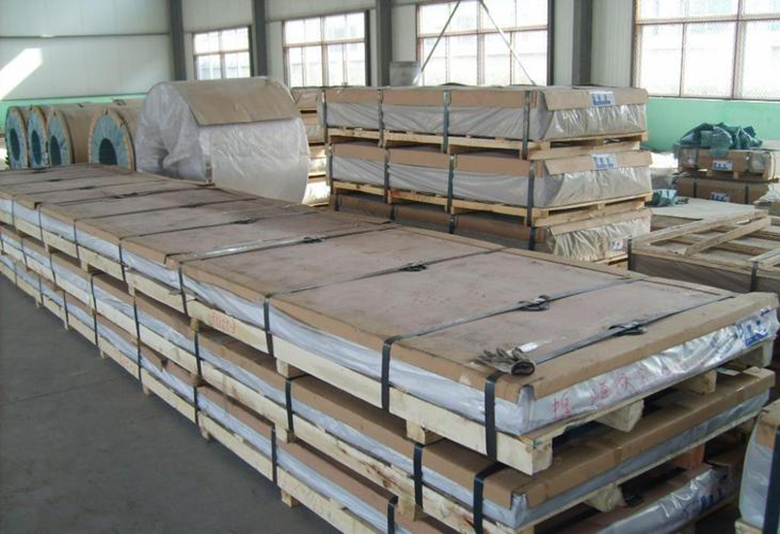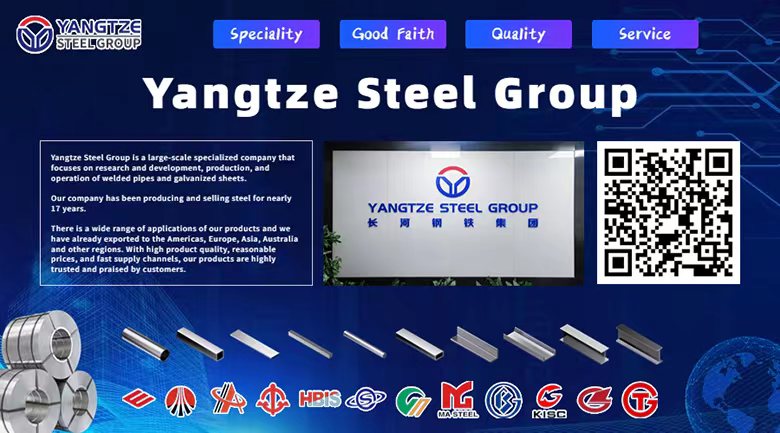ASTM A515 vs. ASTM A516 Steel Plate
ASTM A515 and ASTM A516 are two common pressure vessel steel plate standards, which are widely used in the manufacture of boilers and pressure vessels. The following is a detailed comparison of the two standards:

1. ASTM A515 Steel Plate
Standard Specification: ASTM A515/A515M
Main Application: Pressure Vessels under Medium and High Temperature Conditions
Strength Grade: Grade 60, 65, 70
Main Features:
①Suitable for medium and high temperature environments, with good tensile strength and yield strength.
②The thickness of the steel plate is usually between 1/4 inch and 6 inches.
Chemical Composition (Taking Grade 70 as an example):
Element | C | Mn | P | S |
Content (%) | 0.31-0.38 | 0.60-1.20 | ≤ 0.035 | ≤ 0.035 |
2. ASTM A516 Steel Plate
Standard Specification: ASTM A516/A516M
Main Application: Pressure Vessels under Low Temperature Conditions
Strength Grade: Grade 55, 60, 65, 70
Main Features:
①Suitable for low temperature environments, with excellent impact toughness and welding performance.
②The thickness of the steel plate can reach 1.5 inches, suitable for various design requirements.
Chemical composition (taking Grade 70 as an example):
Element | C | Mn | P | S |
Content (%) | 0.27-0.31 | 0.85-1.20 | ≤ 0.025 | ≤ 0.025 |
3. Comparison between ASTM A515 and ASTM A516
Standard | ASTM A515 | ASTM A516 |
Applicable temperature | Medium and high temperature | Normal and low temperature |
Strength grade | Grade 60, 65, 70 | Grade 55, 60, 65, 70 |
Application scenario | High temperature pressure vessel manufacturing | Manufacture of low temperature or normal temperature pressure vessels |
Impact toughness | Lower | High |
Welding performance | General | Excellent |
ASTM A515 and ASTM A516 are suitable for the manufacture of vessels at different temperatures and pressures. A515 is more suitable for medium and high temperature environments, while A516 is suitable for pressure vessels in low temperature environments and has better weldability. Choosing the right steel plate standard is crucial to ensure the safety and service life of pressure vessels.









